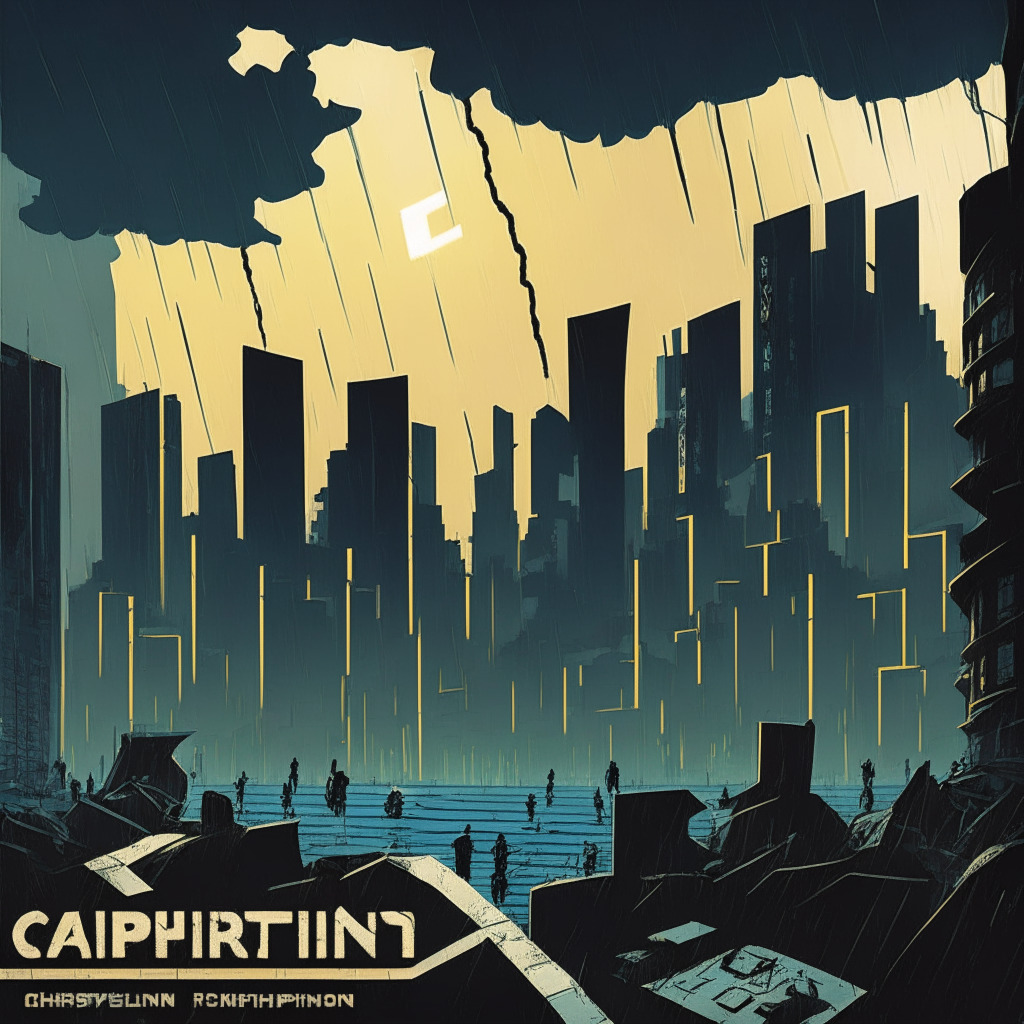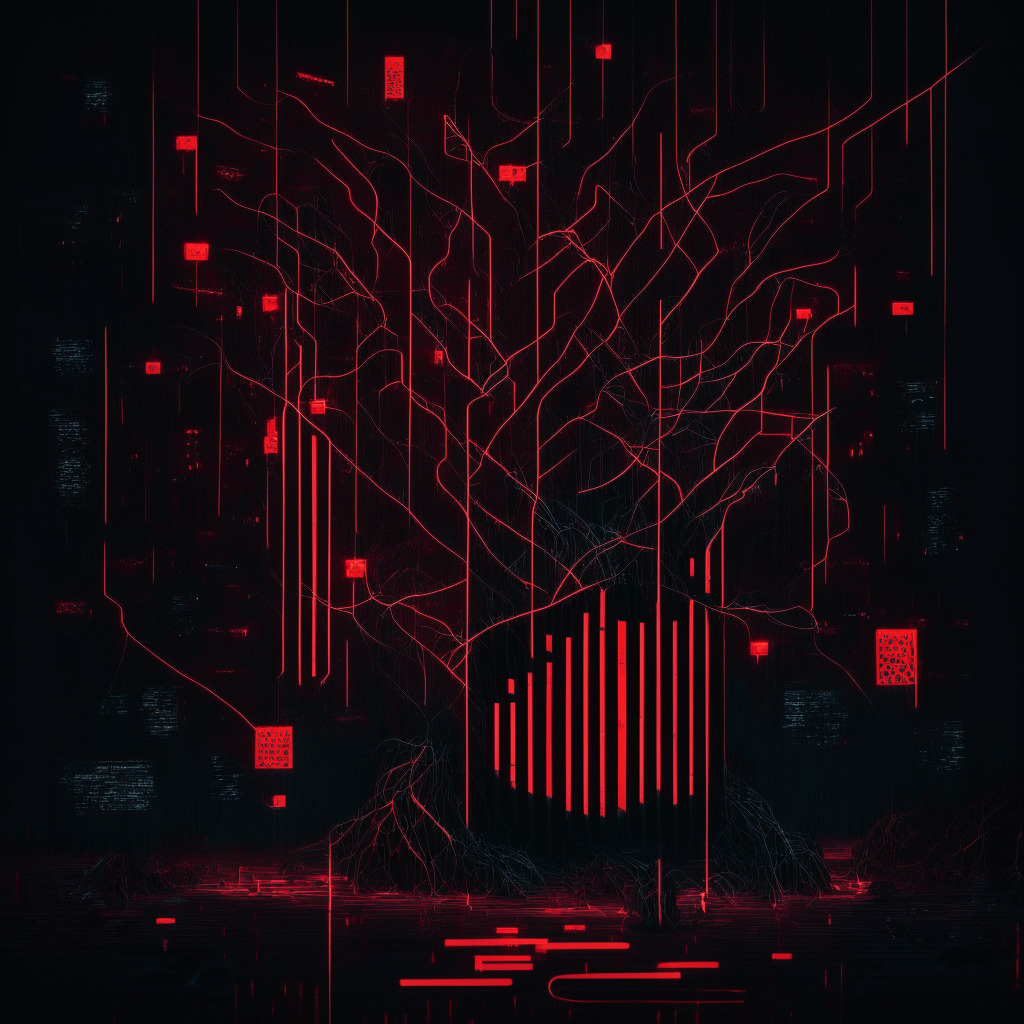Dealing with security vulnerabilities seems to have become a recurring theme for many blockchain apps. Recently, an incident involving Stars Arena, a SocialFi app, came under spotlight. The app found itself embroiled in a storm when attackers exploited a vulnerability and made off with $2,000. The company soon fixed the flaw, but not without drawing criticism from the crypto community.
The vulnerability in question was tied to the platform’s price function. Attackers used it to sell zero user tickets, essentially fleecing Avalanche tokens for free. However, not everything seemed to work as planned by the attackers. The exploit triggered a significant surge in the Avalanche network’s gas fees, making the loot extraction more costly than expected. The perpetrators ended up spending more on gas than what they had looted.
Such incidents raise concerns about the robustness of security measures in blockchain platforms. Critics argue that such platforms often overlook or inadequately address potential vulnerabilities. For instance, one critic referred to the Stars Arena developers as ‘noobs’ for allowing such a vulnerability to exist. Beyond being a minor financial setback, cases like this can create a negative perception of the brand, potentially hindering its growth and adoption.
However, on the flip side, it’s important to note that immediate remedial action was taken by the Stars Arena team. The prompt redressal somewhat ensures users about their funds’ safety. It also demonstrates the team’s commitment to rectifying errors when they emerge, a critical aspect of user trust in this relatively new collaborative finance space.
Furthermore, economic unviability for the attackers due to exorbitant gas prices indicates the application’s inherent safeguard mechanisms. Despite facilitating the exploit, the network dynamics ironically rendered it impractical to the attackers’ dismay.
It’s evident that securing blockchain platforms is two pronged. First, developers must meticulously design the technical aspects to minimize vulnerabilities. Second, the network should incorporate protections that render exploits economically unfeasible, much like what happened with Stars Arena. As the blockchain for social finance gains traction, platforms need to find a balance between technical robustness and economic practicality to ensure user security.
Source: Cointelegraph




